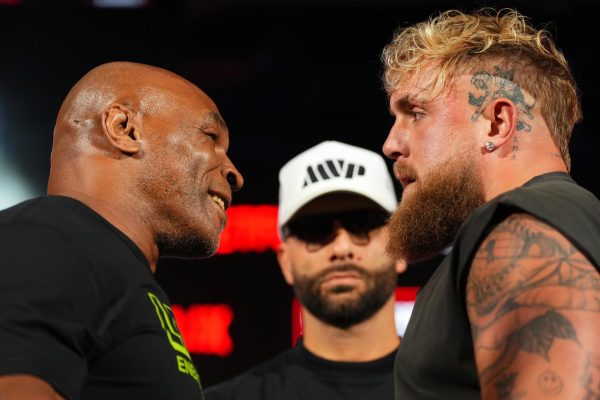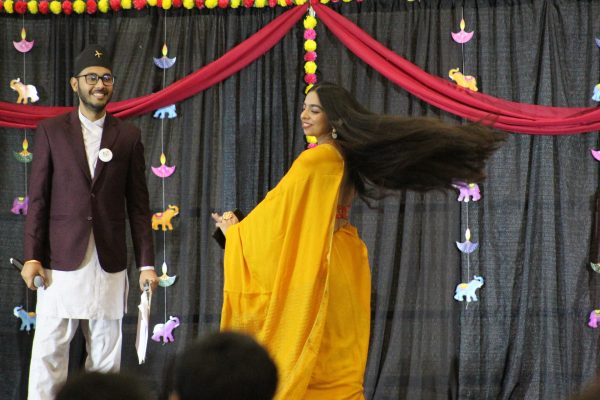Novel to failed film: The adaptation conundrum
Movie adaptations of books are common, but rarely have the magnitude of success that their written counterparts do. A failed adaptation is not related to revenue, but the audience’s response to it as it relates to the source material and itself.
The process for creating a book is more intimate and lengthy than a movie as it is usually written for the enjoyment of a niche audience.. When they watch the movie, everything they have already imagined becomes visual and sometimes, those visuals don’t coincide with the reader’s mental image.
With adapting for a wider audience it is routine for certain elements to become lost in translation or omitted altogether. Oftentimes the screenwriter fails to preserve the overall theme and essence of the source material which leads to negative reception. In addition to the constraint of time constraint, these factors exacerbate the struggle of creating a well-received movie adaptation.
One of the worst novel-to-film adaptations was the “Percy Jackson and the Olympians” series, written by Rick Riordan. The beloved series was popular among preteens and teenagers; however, the movie adaptations were a horrendous reimaging of the source material. They are comically underwhelming and unable to appeal to a teen demographic.
After the first movie, an onslaught of negative reviews from book fans and moviegoers alike streamed in. A review from Priyanka pinpoints the most obvious shortcomings, “Perhaps the most disappointing thing about this movie is the fact [that] about 10% actually matches the beautifully described and perfectly paced events of the book. The books feature unforgettable and hilariously iconic moments which are recalled throughout the progression of the series…which the movie does not contain.”
The negative reviews did not deter the production company as another movie was made, the second worse than the first, and they lacked the charm and wonder associated with the novels. So many crucial moments of character and plot development were erased from the screenplay, leaving a barren, uninteresting script instead of Riordan’s intended masterpiece.
Oftentimes, the fault lies partially in the choices of the director. With varying crews, it is no wonder the plot gets skewed. Recent adaptations such as “To All the Boys I’ve Loved Before” (TATBILB) are an example of this. Looking at the movies, especially the first compared to the second, there is a shift in the reception of the film.
While the first one was called an “extraordinary rom-com” by Vanity Fair, the second received many comments about its lack of charm. Vox said, “it doesn’t have the tender, intimate detail of its predecessor.” This can be attributed to the change of directors. While Susan Johnson was praised for her “sweet” and “colorful film,” Michael Figmonari did not receive such praise. The lack of emotional attachment to the characters and story hindered his ability to portray the whimsical and heart-warming world of TATBILB created by author Jenny Han.
In the books, Lara Jean prioritized herself, but the last movie ended with her remaining in a relationship with Peter, her high school sweetheart, despite going to two different colleges across the country. Figmonari focused solely on romantic relationships, without much emphasis on Lara Jean’s personal development. Johnson’s reimagining of Han’s bestseller incorporated and improved upon central themes and the characterization of Lara Jean.
With the cyclical nature of popular media, book adaptations are becoming less popular. While the success and popularity of a film adaptation are capricious, it is important to look at a variety of factors to understand why it might fall short of the success of the novel.





